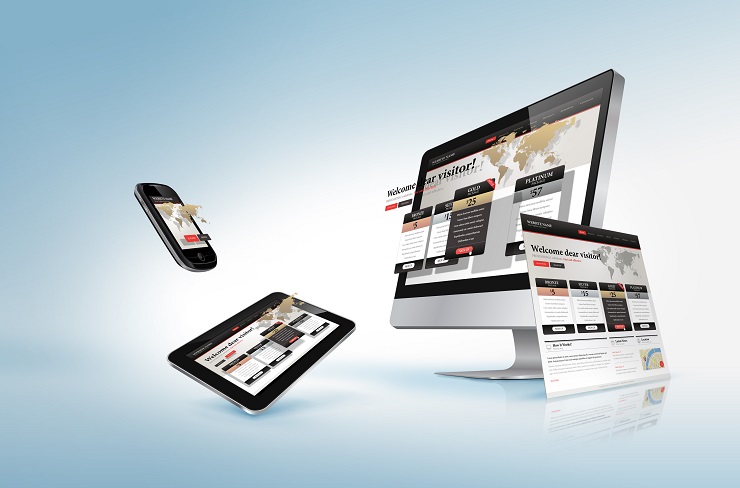
Deliver on the Customer’s Demands
Why should you not be able to return something in the store that you ordered online? It is more likely that you will change to something else if you can change and return in the store, and it also drives traffic to your store. It is not as self-evident to return to e-commerce when you have purchased something in a physical store, but it is most likely a good thing to offer. You might have bought something when you visited a city, but live far away from a store, and therefore have trouble returning to a store.
A really nice and popular alternative is delivery to store. The delivery fee can often be free since the store refill flow can be used, or that the items are already available in the store. When the customer will pick up the order, there is good chances to sell more.
If the customer is looking for items that aren’t available in the store, but in another store or at the web shop, why not place an order and send the items to the customer’s home. If this can be done without delivery fees, it is extremely good service.
Charging the Right Way
You should offer the same payment options in all channels as long as possible.
Some payment options replace each other. Bank Direct payments at the web are the same as cash in the store.
If the customer wants to pay in the store, it is good to have the option to order online and pick up in the store. The same thing if the customer wants to order in the store and pay by invoice when the order arrives, or why not offer invoice as a payment option in the store in the same way as you often do in the web shop.
Have in mind that some payment options only works in some channels with adjustments. It isn’t for example easy to pay with credit cards in the mobile, since certain banks in Sweden require verification for 3D Secure.
More n more want to store their card number at the e-commerce site so it will be easier to pay with card when a number of sites demand 3D Secure verification, this also solves the problems with mobile payments.
A Customer is a Customer
To be able to handle orders in different channels efficiently, it is necessary to have clear concepts to identify a customer and retrieve customer information in different situations. It is for example not easy to register a customer’s address manually in a store if they want to order.
It is important to avoid doubles and to make sure that a customer that both shops online and offline is the same customer in all systems, otherwise it is not possible to offer a uniform experience or offer. It is optimal if the customer can see all purchases on my pages at the web, not just the orders online. And the reverse if you purchase in a store. Especially if you handle more exclusive goods.
Next Part
The next time I will discuss how to make information available for everyone, the importance of having messages in sync so a visitor can recognize an advertising announcement in the present channel, and the possibility to find your customers when they are ready.
